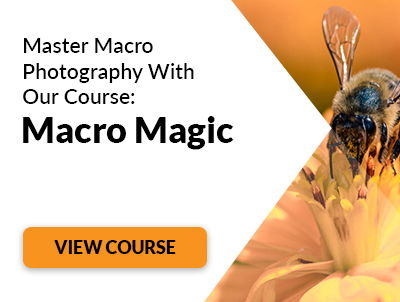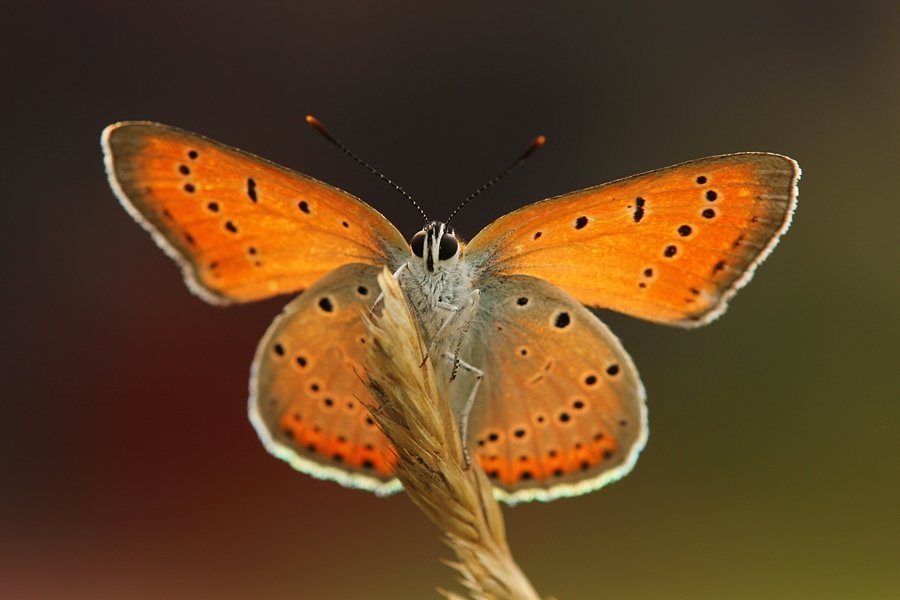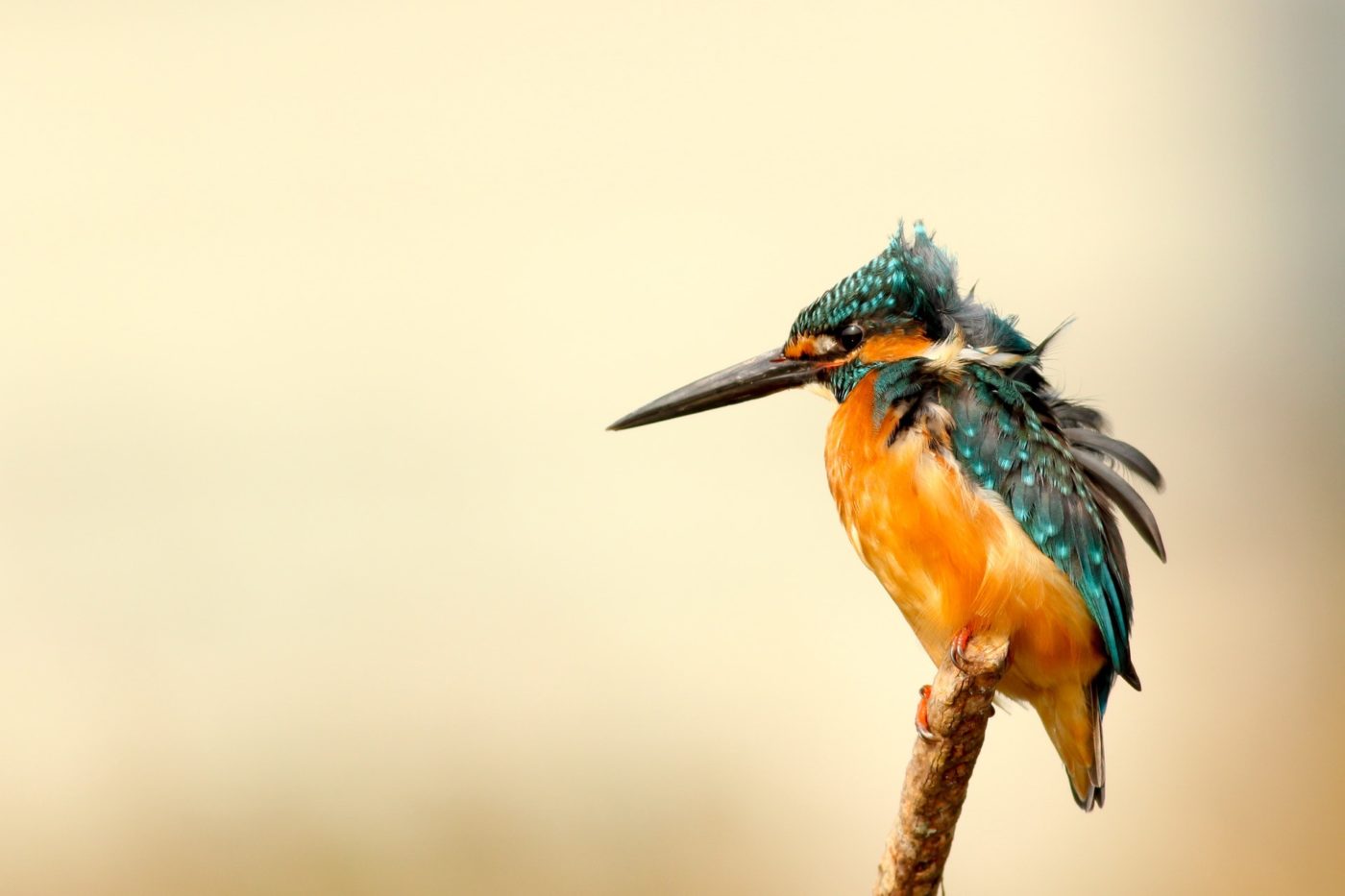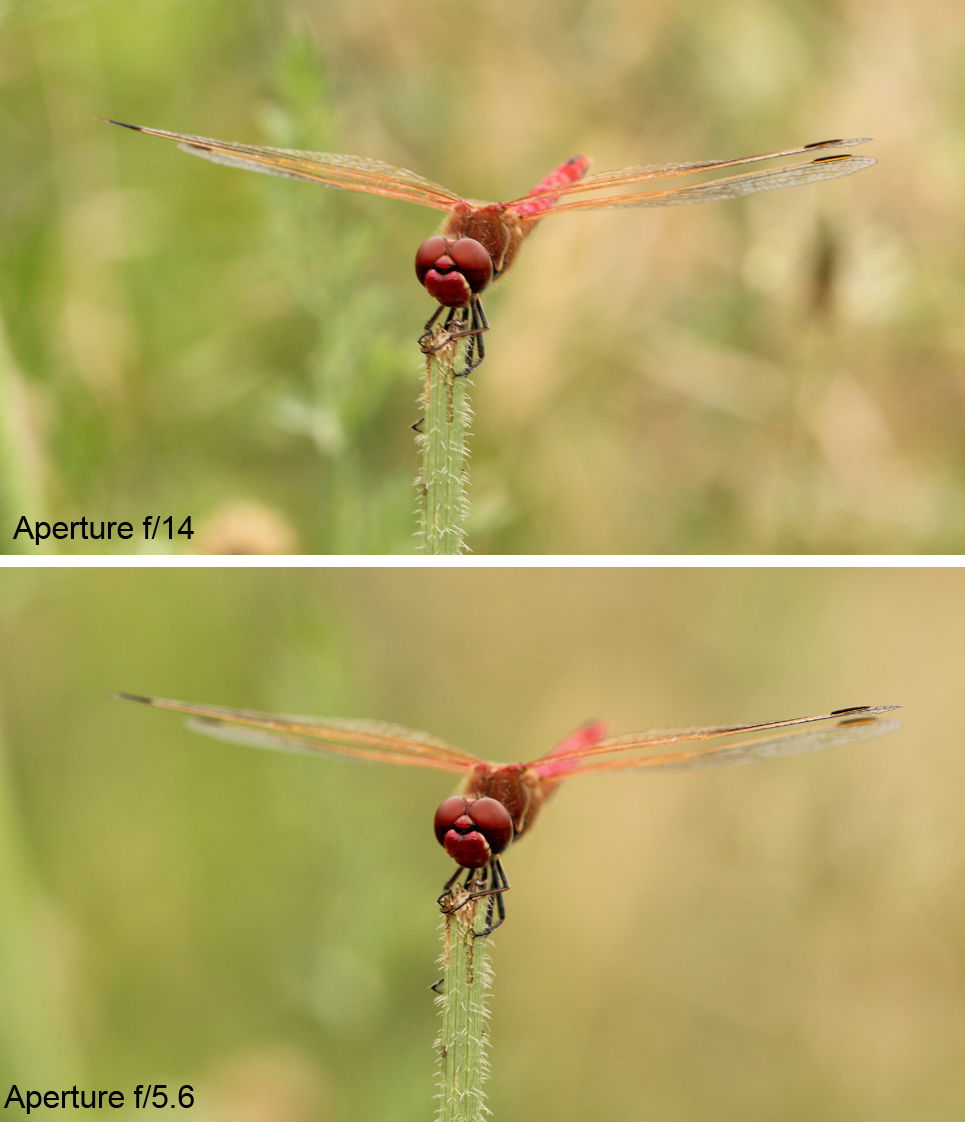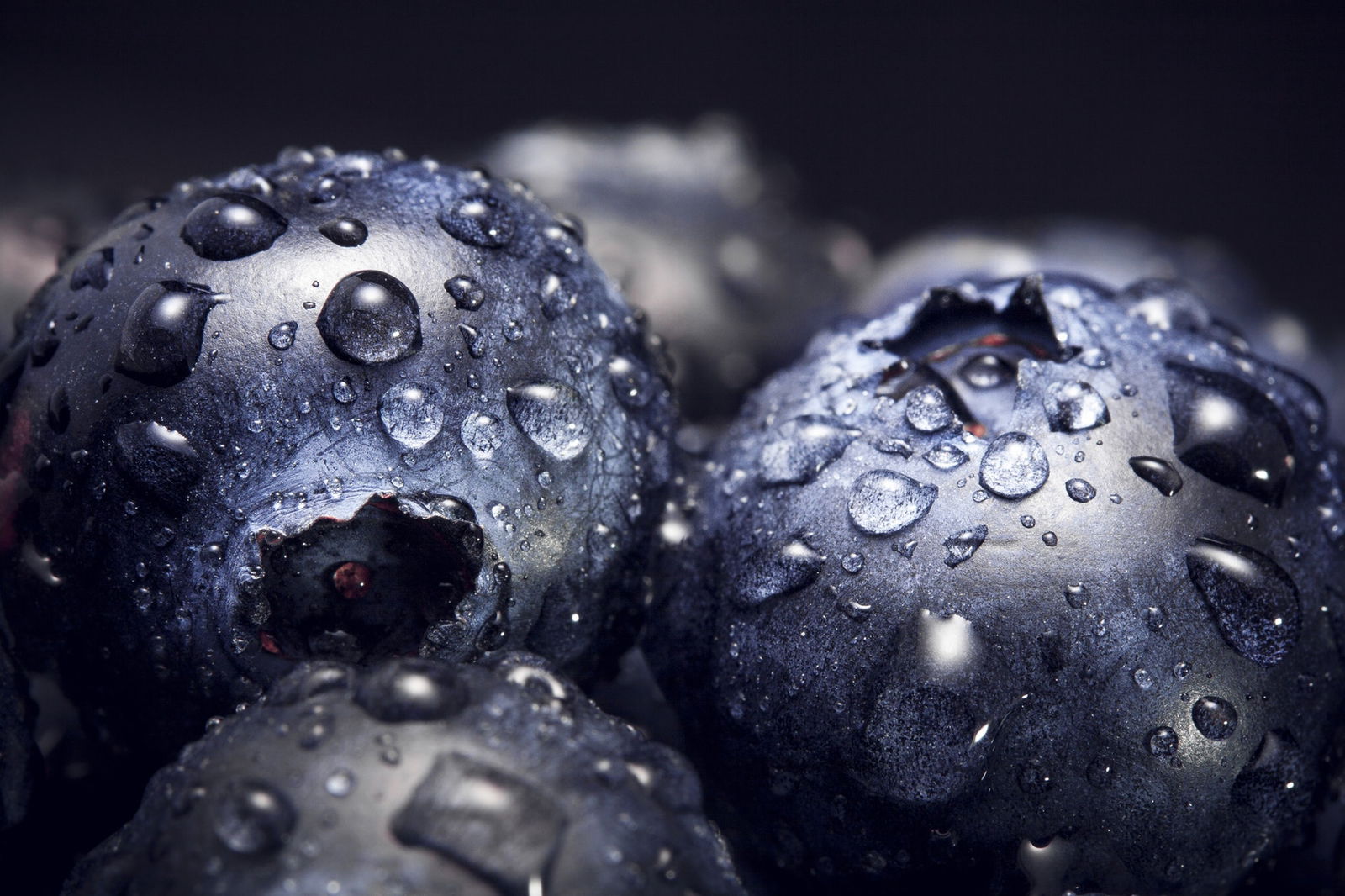A typical housefly resting on a table may seem unspectacular, but with your macro lens, you will be able to see all the hairs, patterns, and structures on its small body.
Exploring Settings for Macro Photography: Getting Started With Macro Photography
Getting sharp and beautiful images at this scale requires you to have the right settings for macro photography dialled into the camera before taking the shot. Because of its minuscule subjects and scenes, macro photography is a niche that can challenge your skills as a photographer. Low-light conditions, shallow depth of field, and the movement of subjects such as insects or wind-blown flowers all present difficulties. If you’re a beginner, you’ll likely need time and practice to get it right. This article is aimed at getting you off on the right foot. Here I’ll talk a little about the best macro photography camera settings and give you a little advice on how to make your macro shots stand out more. Camera Body: Canon 550D, Lens: Tamron 180, Shutter Speed: 1/100, Aperture: f 6.3, Focal Length: 180 mm, ISO Speed: 100
Use Manual Mode to Get the Correct Exposure for Macro Photos
Anyone with a DSLR and a macro lens can take outstanding macro images. It’s just a matter of how you use your gear and if your image is exposed correctly. The exposure of a photograph is mainly influenced by your camera’s aperture, shutter speed, ISO setting and, of course, the amount of available light. Modern cameras have an automatic exposure setting, but that doesn’t mean that your camera will automatically expose your image correctly. You often can’t rely on your camera’s automatic exposure system. As you may have already experienced, this mode sometimes gives you properly exposed shots and sometimes it doesn’t. Therefore, I strongly recommend using manual mode. It gives you more control over your exposure, which is necessary for close-up scenes. A great way to check if your image is exposed correctly is to turn on Live View (if your camera has it). You can preview the image brightness and also find and set the right point of focus. I should be clear going forward that there is no particular ‘correct’ combination of settings for macro. It’s always up to you which ones you choose for the effects that you want to show in your shot. Maybe you want to have a large depth of field; maybe you prefer a shallow one. Perhaps you want your object to have motion blur. Below are some tips on camera settings that will enable you to get a technically perfect macro image as you make your creative choices when shooting subjects close-up.
Best settings for Macro Photography
While there are, in fact, a few gadgets that will help you to get more control over light and to get the sharpest image possible out of your DSLR, for now, let’s take a closer look at the general macro photography settings I recommend:
Aperture
Remember that aperture is one of the three camera settings that give you control over the exposure, the other two being shutter speed and ISO. With the aperture, you can control how shallow or deep your depth of field will be, which is very important in macro photography. When doing macro images or close-ups, the ideal depth of field is almost always shallow, therefore the typical aperture number for macro photography is between f/5.6 and f/11. Those small aperture values are necessary to make sure that all the details of your subject will be sharp and in focus. Just because you own a macro lens which has an aperture of f/2.8 doesn’t automatically mean that you should set such a large aperture. Setting a small aperture like f/19 will allow you to have a greater (deeper) depth of field which means that more of your subject will be in focus from front to back. The higher your aperture value, the slower your shutter speed will need to be, and the busier/more detailed the background will be. The lower your aperture value, the less depth of field you will have and the blurrier the background will be. Always try to keep your aperture to a value that enables a shutter speed that is still fast enough to capture a subject without motion blur. Also, macro images generally tend to look better when the background elements are blurred through shallow focus to the degree that they are not distracting, as in the example below.
Shutter Speed
The value of the shutter speed always depends on the available light, the aperture and the ISO number you have set. The more light you have available the faster the shutter speed can be. Always try to set a fast shutter speed to get rid of blurriness. The faster the shutter speed, the sharper your image will get. If you want to make sharp macro images, the shutter speed must at least be 1/100th of a second or faster. If you have your camera mounted on a tripod you will also be able to set even faster shutter speeds, which can be helpful when you have subjects that are moving or partially moving. Also, if you are using a Speedlight or a multiple off-camera flash setup to balance out the ambient light, you should set your shutter speed to match the flash sync speed for your flash. If you choose a shutter speed faster than the flash sync speed, part of your scene will not be lit., The more you exceed the sync speed, the less of the scene will be lit.
ISO
In macro photography, ISO can be as relevant as aperture and shutter speed in determining the image quality. As a rule, always try to keep your ISO value as low as possible, to avoid grain and noise. In some situations, you have to use a higher ISO value especially when you have very poor light conditions. Setting a higher ISO will also allow you to use faster shutter speed. As a result, you will be able to better freeze motion and create sharper images. Every camera handles ISO differently. I would recommend finding out what maximum ISO your camera can tolerate before the images become too grainy. Most modern DSLR cameras allow us to use ISO values up to 1600 without loss of quality.
Metering
Evaluative/Matrix metering mode can often be a good choice for a macro image. However, there are situations in which your camera’s Evaluative or Matrix mode could be thrown off. This could happen when you are trying to capture a small subject, such as an insect or water droplet, against a background that is darker or lighter. The result would be an over- or underexposed image. For cases like that, Spot metering or even Centre-weighted metering will help you get the correct exposure.
Manual or Autofocus?
When the depth of field becomes shallow, autofocus will usually have problems finding your preferred focus point. Therefore I would strongly recommend switching from autofocus to manual focus. With manual focus, you can set the focus exactly where you want it to be. This is especially true of close-up photos. If you have a number of attachments and accessories on your camera, you may want to pre-set your focus before taking your shot. Like that, you only have to move the camera back and forth until you have your desired focus.
Bonus Tip for Insect Photography and Shooting Outdoors
If you are trying to photograph an insect, always be sure to set the focus on the eyes. Having a sharp body but the eyes out of focus makes for a bad picture. When taking images of insects, flowers, or other subjects in the field, wind can become your worst enemy. This is especially true when working with a shallow depth of field and long shutter speeds. Any movement will be a problem. Be patient and wait for the wind to die down. Usually, in early mornings there is less wind.

